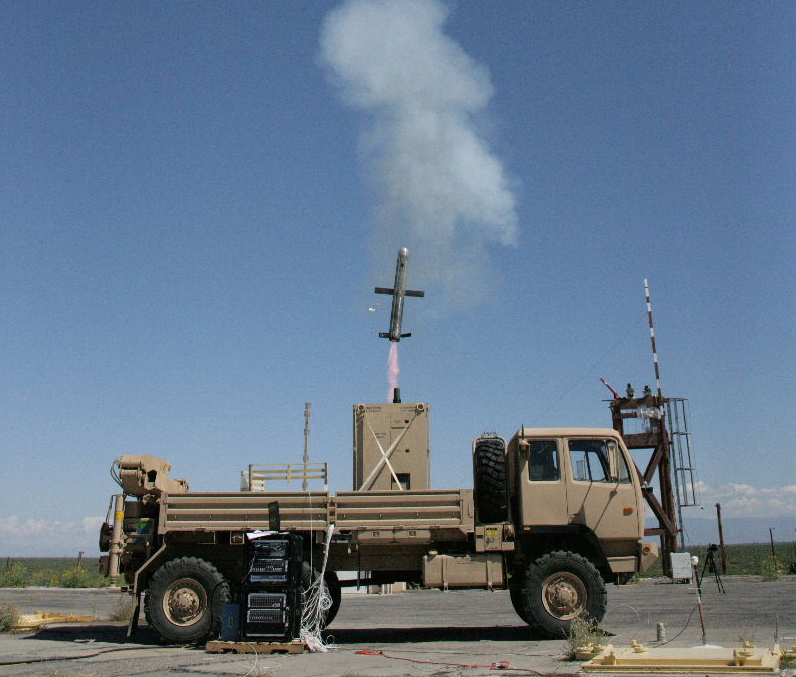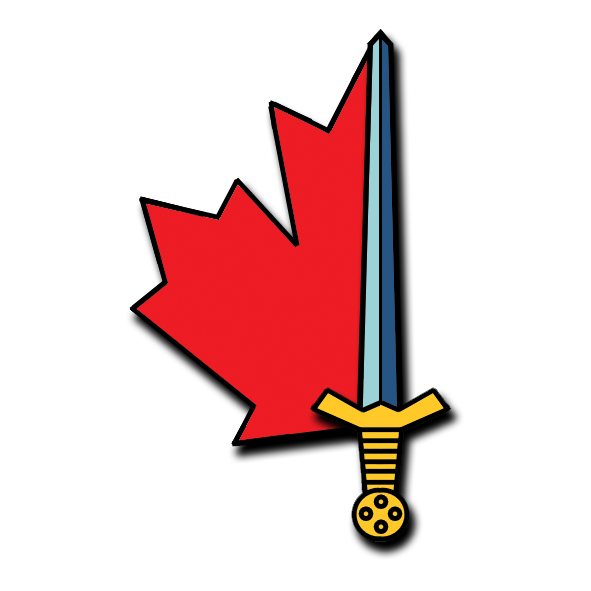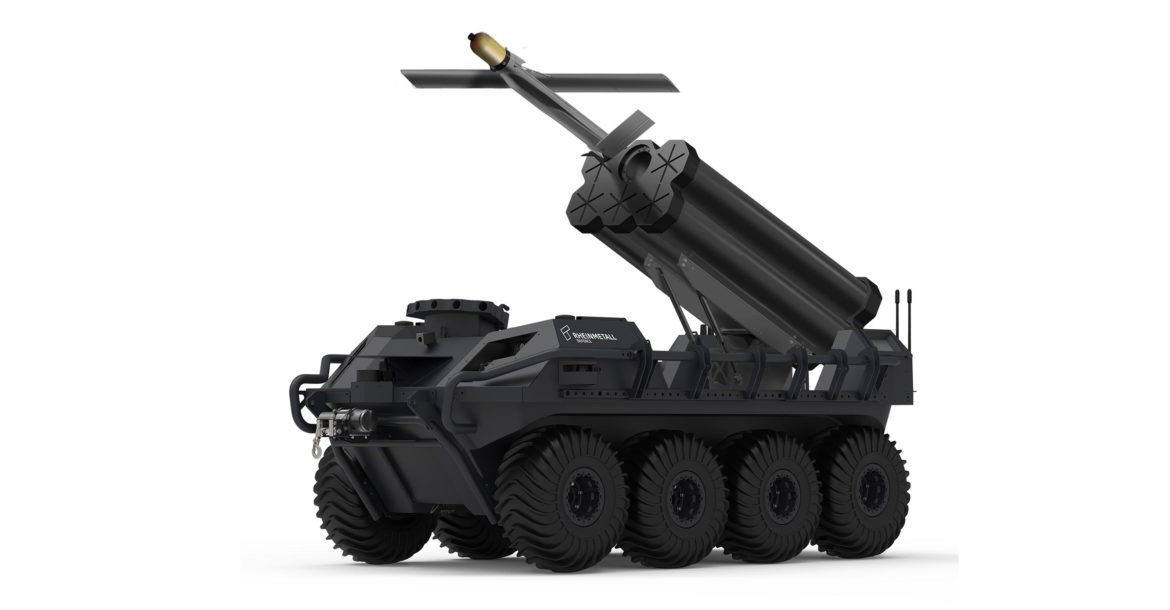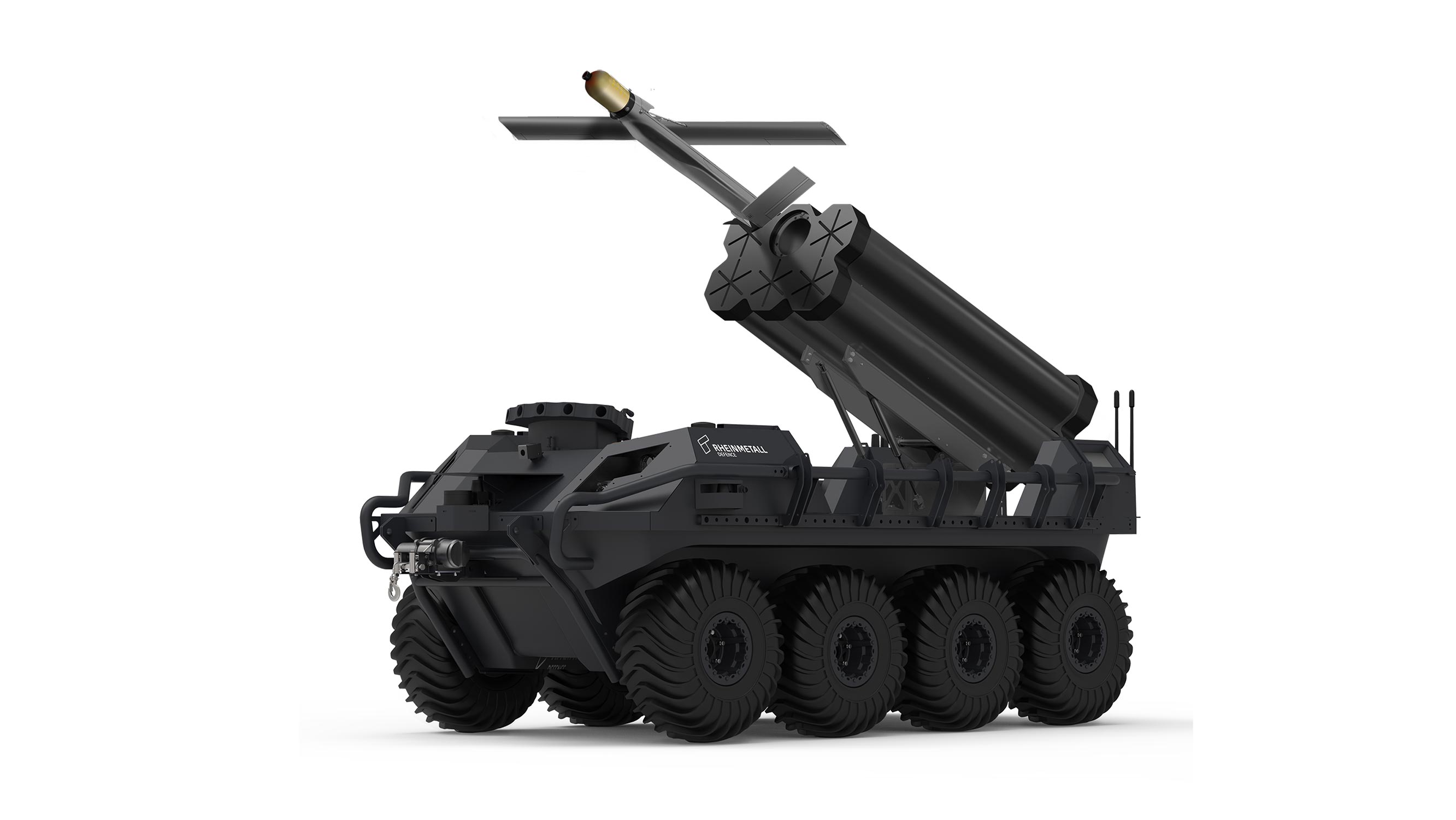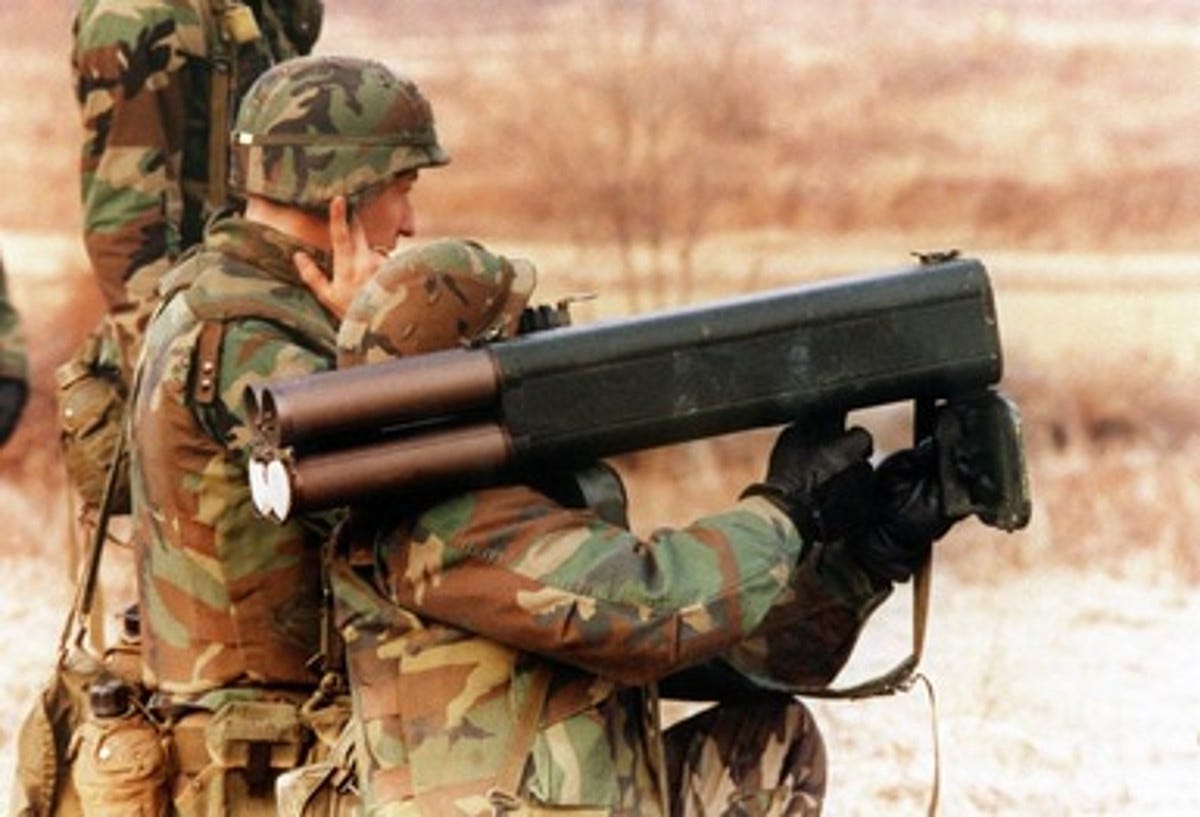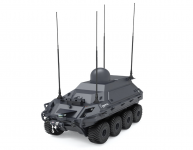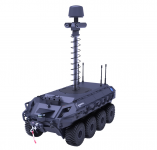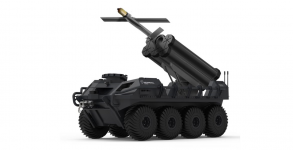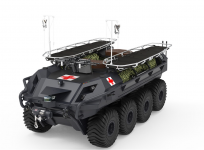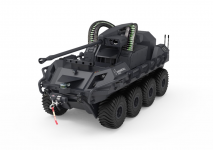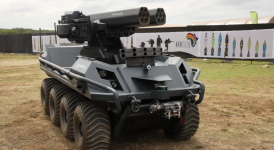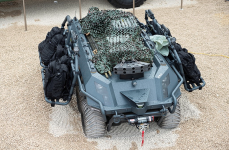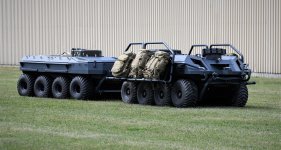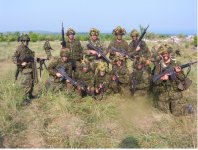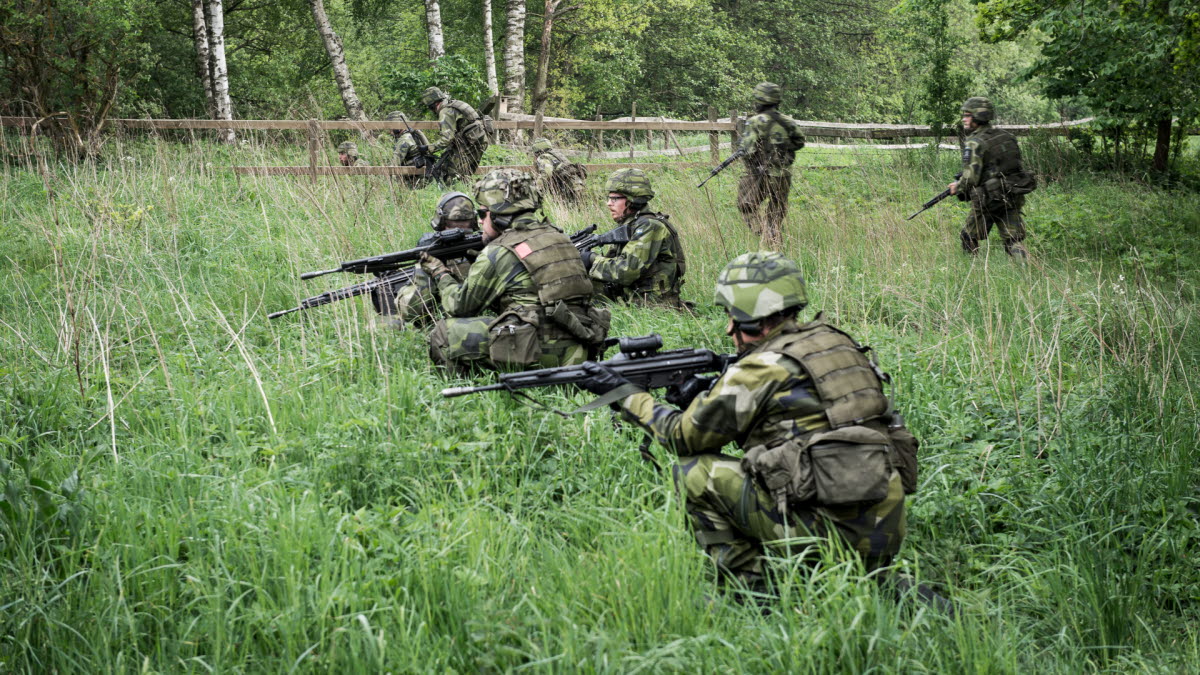USMC - Expeditionary Advanced Base Operations, Adaptive Dispersed Operations.
A model for a national defence Militia? Predicated on supplying a force of small security dets for remote locations - specifically the North Warning Sites. Not necessarily because there is an imminent threat but because there is a potential threat against critical infrastructure. And, I believe, the model is useful, reproducible and scaleable, and can be effectively employed by Militia in a low threat environment. This would also supply a training and organization basis that would allow the Regular Force to exploit Militia personnel within their ranks.
47 North Warning Sites to defend.
Consider assigning a Platoon to each one of them. Each Platoon comprising 3x Sections/Squads/Groups of 16 (including Medic). One Squad assigned to a two week rotation. The other Squads back at home. The Platoon to be activated when the threat level demands. Annual training to include one Section/Squad/Group at the site for a week or two.
Particular interest in the Carl Gustav.
Back to the Swedish Pansar model for a moment. The Carl Gustav represents the basal element for the organization. It is useful, flexible, compact, light and reloadable. A great, inexpensive, training device that has operational value.
However, in the Swedish organization, the CG84 can be replaced with its single-shot cousin, the AT-4, or the larger more effective single-hot N-LAW system. Or, and this gets to the heart of my issue, it can be replaced by something like the Javelin issued from Battalion stocks.
Which leads my wandering mind back to this article and the notion that the Javelin CLU could also be employed with the Stinger missile. Or, fevered speculation, the 70mm APKWS - with the flechette warhead? As an anti-drone option?
Raytheon has successfully demonstrated firing a Stinger missile from a Javelin Lightweight Command Launch Unit (LWCLU) in a test that saw the missile engage and defeat an uncrewed aerial vehicle (UAV). This could have potential for the CF. In addition to hand-held Javelin launchers they are...

www.army.ca
If a, lets call it Group, of 16, is on independent security tasking in the north, are they more likely to encounter tanks, or drones? Would the Group CG-84 operator be better provided with the Stingers? Or even, in flight of fancy, Flechette loaded APKWs? Either shoulder launched or launched from a UGV?
Or
Rheinmetall adds tube-launched Warmate loitering UAV munitions to its modular Mission Master autonomous unmanned ground vehicle system

www.thedefensepost.com
Edit, - By the way a force of 47 security, or Vital Point, Platoons, each of 3x Groups of 16 and an HQ of 3 = a force of 2397 in 47 Platoons, or 16 Companies or so, or 4 or 5 Battalions. Or, if based on the 10 Territorial Battle Groups, one large Company per TBG. Ally those with the 4 Arctic Response Company Groups and you start to have a firmer base for national defence.
Have them operate in conjunction with the CRPG under JTF(N), and cover them with 3 regular Light Infantry Battle Groups each associated with an "Aviation Battalion" of Griffons and Chinooks supported by the CC-138s, CC-130s, CC-177s and CC-150s (as well as the CF-35s ?)
Issue Bv206s and CB-90s to the CRPGs and to the Territorial Battle Group Transport Companies for local response.
The Regs then get to figure out what they want to do with their three Brigades of 4 Artillery Regiments, 4 Engineer Regiments, 3 Cavalry Regiments and 3 Infantry Regiments of 6 Battalions.
CANSOFCOM - carry on.





